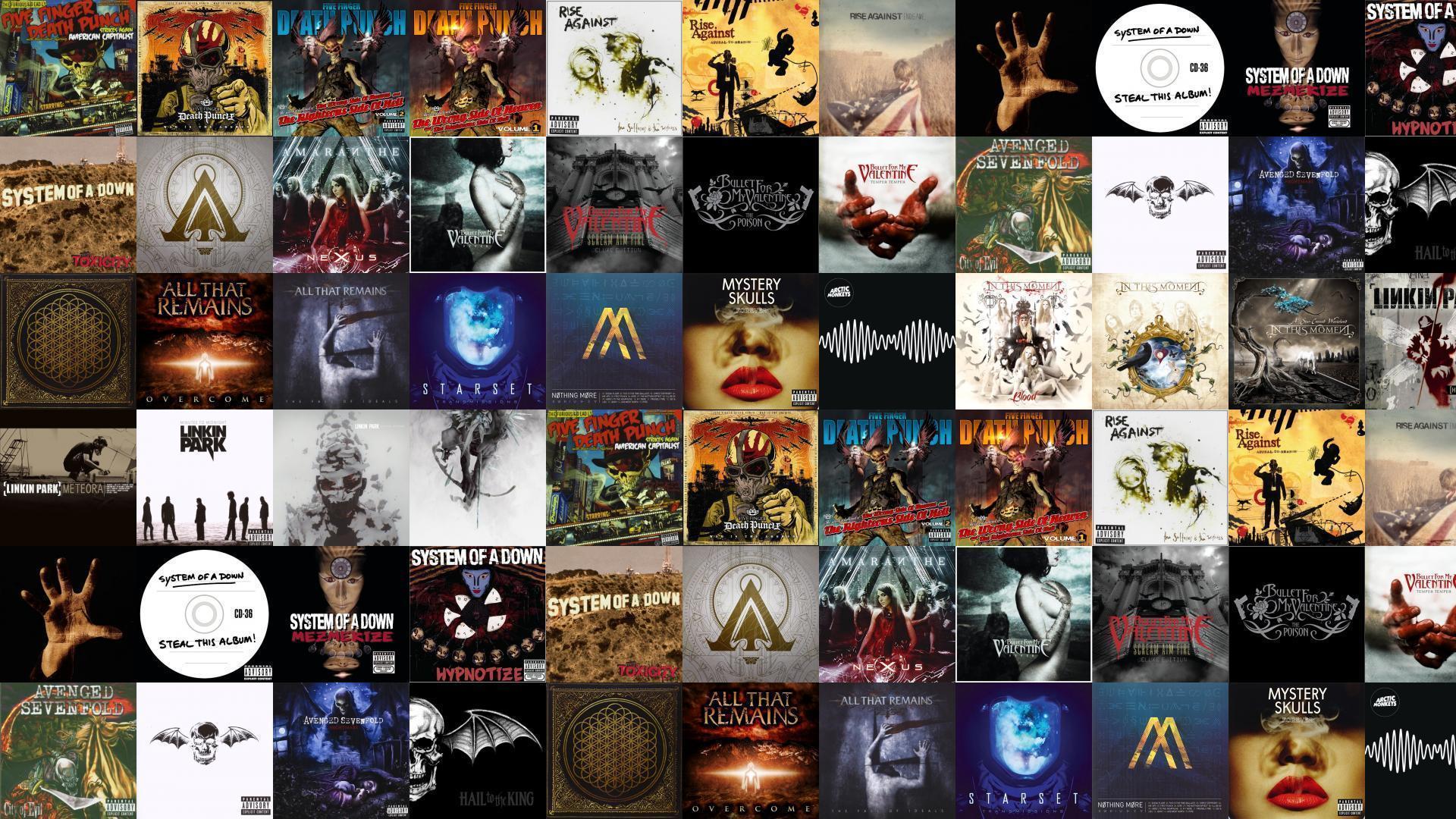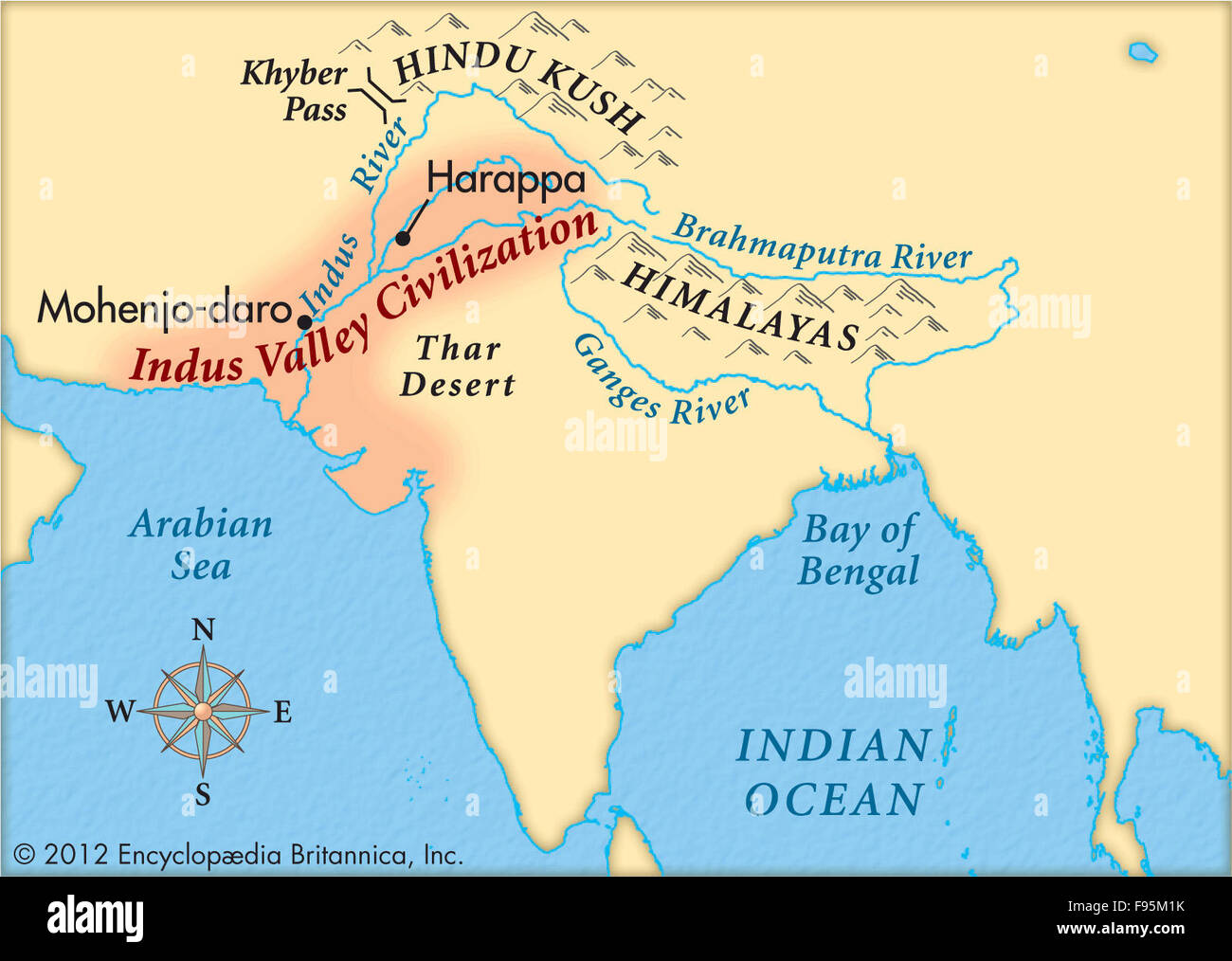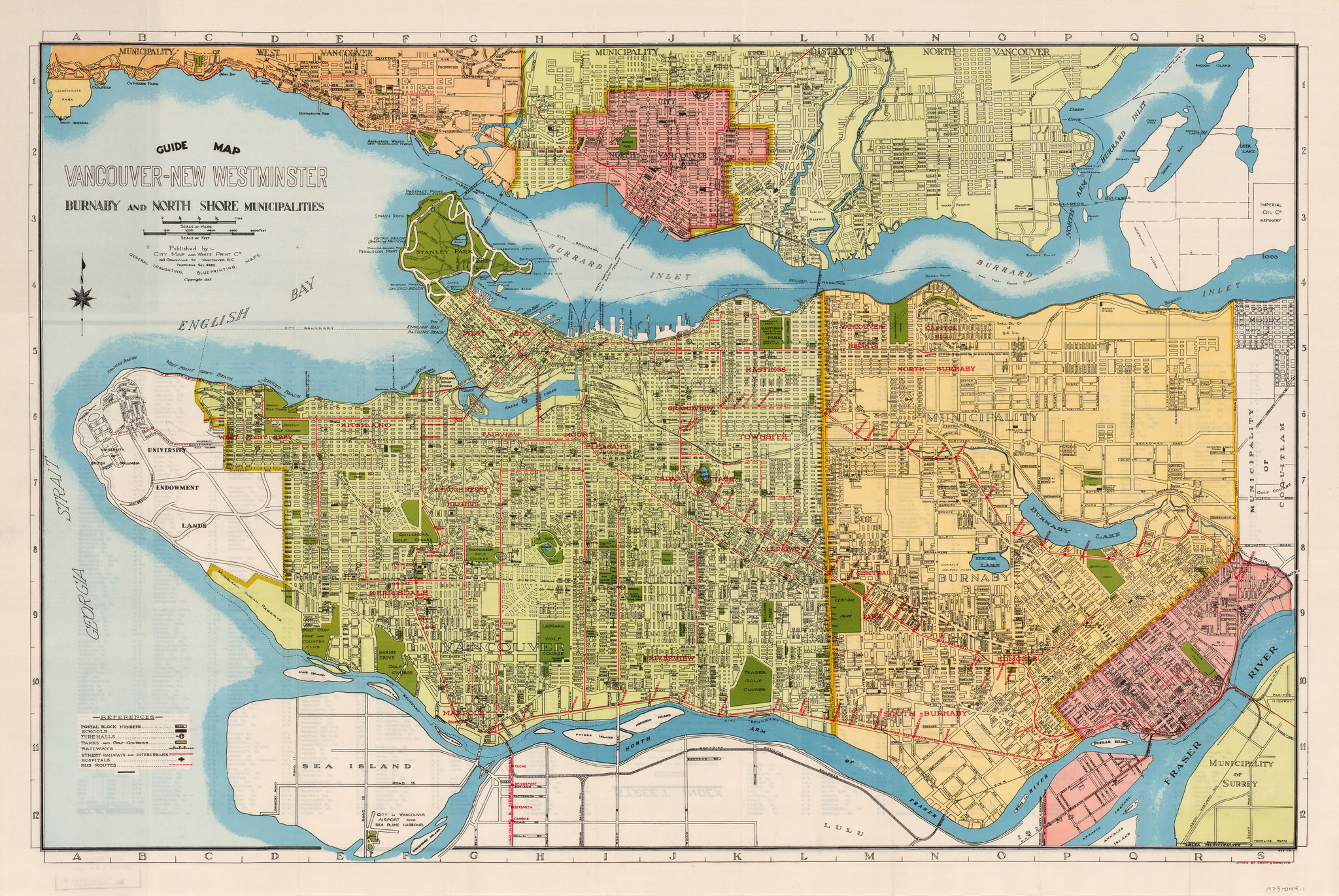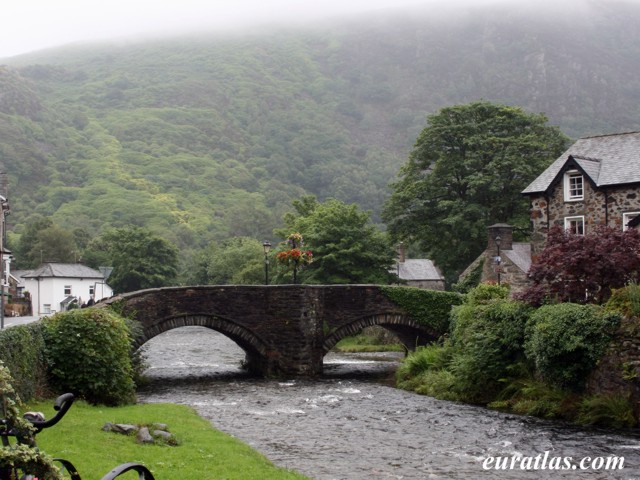Cartography is the art, science and technology of making maps, plans, charts and globes representing Earth or any celestial body at any scale. Cartography: Cartography, the art and science of graphically representing a geographical area, usually on a flat surface such as a map or chart. It may involve the superimposition of political, cultural, or other nongeographical divisions onto the representation of a geographical area. A brief treatment of Meanwhile, cartography developed along more practical and realistic lines in Arabic lands, including the Mediterranean region. All maps were, of course, drawn and illuminated by hand, which made the distribution of maps extremely limited. Cartography is the creation and the study of maps and charts the difference being that maps apply to land and charts are for marine areas (9, p299). It has a long tradition going back at least 4000 years; inextricably tied to geography for most of its history, in the 20 th century it has diversified as it becomes more relevant in an. Cartography is the science of drawing maps, which are visual representations of our world. Over time, maps have become more accurate because cartographers used information from explorers to fill. Cartography definition, the production of maps, including construction of projections, design, compilation, drafting, and reproduction. The first volume of the History of Cartography was published in 1987 and the three books that constitute Volume Two appeared over the following eleven years. In 1987 the worldwide web did not exist, and since 1998 book publishing has gone through a revolution in the production and dissemination of work. Until the 1980s, the study of the history of cartography was defined by two idealizations: (1) that maps are strictly factual statements and (2) that cartography is an innately progressive science that serves as a surrogate for Western civilization as a whole. Ancient History World History (Teaching) World history map World History Modern World History History Education The HIStory Education qoutes Family History World History Military History American History World History Art History Old maps Generation Gap Prehistory Science First Time History of the World Cartography Civilization Protohistory Its. The History of Cartography Project. Sp S on S so S red S December 15, 2017 Routledge has just published a new Handbook of Mapping and Cartography, edited by Vol. 5 and 6 contributors Alex Kent and Peter Vujakovic. Cartography is the practice of making maps as well as the study of maps. Cartographers generally either study the history of mapmaking or use tools and techniques to make new maps. The History of Cartography, Volume 2, Book 3: Cartography in the Traditional African, American, Arctic, Australian, and Pacific Societies Dec 31, 1998. FREE Shipping on eligible orders. Only 1 left in stock order soon. Maps have always changed for humans throughout history, we are one of the few you have seen images of it, in real life. So how did past people perceive their THE HISTORY OF CARTOGRAPHY IN ALBANIA NIKOLLI P. (2) (1) Faculty of History and Philology, TIRANA, ALBANIA; (2) State University of Tetova, SKOPJE, MACEDONIA, THE FORMER YUGOSLAV REPUBLIC OF 1. INTRODUCTION In the present paper there are introduced documents of the history of cartography in Albania, which. Alphabetical list of History Topics: History Topics Index. This article describes how map making has played an important role in the development of mathematics. It is hardly surprising that cartography should be considered as a mathematical discipline in early times since cartography measures. Centuries before the Christian Era, Babylonians drew maps on clay tablets, of which the oldest specimens found so far have been dated about 2300 bce. This is the earliest positive evidence of graphic representations of parts of the Earth; it may be assumed that mapmaking goes back much further and that it began among nonliterate peoples. Cartography, or mapmaking, has a long history. From cave paintings to ancient Greek explorations, maps have always been used as a vital tool to help us visualize and navigate our way through the world. The ICA Commissions on the History of Cartography and Topographic Mapping and the Bodleian Libraries of the University of Oxford will jointly host the 7th International Symposium on the History of Cartography from 13 till 15 September 2018 in Oxford. By developing the broadest and most inclusive definition of the term map ever adopted in the history of cartography, this inaugural volume of the History of Cartography series has helped redefine the way maps are studied and understood by scholars in a number of disciplines. Home; Background; Contact Us; Terms of Reference; Technological Innovations and the History of Geoscience; The Role of Maps in History; Colonial Cartography Greg Miller, National Geographic, Explore 100 Years of National Geographic PullOut Maps, 15 May 2018 Bill Rankin is a historian who teaches in the History of Science program at Yale University, and studies the politics of 20thcentury cartography in particular. Cartography during the Middle Ages. During this middle age times, Muslim scholars continued and advanced on the mapmaking traditions of earlier cultures, mostly following Ptolemys methods; but they also started using the knowledge, notes and writings of the explorers and merchants during their travels across the Muslim world. Index History Cartography: History Cartography Bringing the events in the Star Trek Universe into the right order. Explaining time travel anomalies. Fixing faulty or misquoted dates and stardates. The History of Cartography Volume 2, Book 3: Cartography in the Traditional African, American, Arctic, Australian, and Pacific Societies [Full text of the Introduction by David Woodward and G. Chicago and London: University of Chicago Press. Fort Detroit history and cartography is explored and examined in this latest video. Throughout the presentation several images are displayed throughout often give with a historical narrative voice. The History of Cartography Vol 2, Book 1 Cartography in the Traditional Islamic and South Asian Societies (History Maps eBook) The comprehensive History of Cartography looks at the history of maps and mapping from prehistoric times to the twentieth century. What do maps tell us about the societies that created them? The comprehensive History of Cartography looks at the history of maps and mapping from prehistoric times to the twentieth century. Cartography (from Greek chartis, map; and graphein, write), or mapmaking, has been an integral part of the human story for a long time, possibly up to 8, 000 years. From cave paintings to ancient maps of Babylon, Greece, and Asia, through the Age of Exploration, and on into the twentyfirst century, people have created and used maps as the essential tools to help. The History of Cartography Project, Madison, WI. The History of Cartography Project is a research, editorial, and publishing venture drawing The History of Cartography, Volume 1 Cartography in Prehistoric, Ancient, and Medieval Europe and the Mediterranean Edited by J. Harley and David Woodward The ICA Commission on the History of Cartography, the ICA Commission on Topographic Mapping and the Bodleian Libraries of the University of Oxford are happy to invite you to their joint international symposium Mapping Empires Colonial Cartographies of Land and Sea. This is already the 7th event in a series of twoyearly symposia on the History of Cartography. The Hermon Dunlap Smith Center for the History of Cartography was founded in 1971 to advance knowledge of the history of cartography and to promote the use of the Newberrys cartographic collections. Among the many programs it sponsors to achieve these goals are summer institutes and seminars, conferences, research fellowships, exhibitions, workshops for educators and public. A tightly organized global overview of the history of cartography its resources, activities and opportunities (spread over more than 100 pages) with leads to the collecting of early maps, and thousands of links, e. to map image sites and web articles The History of cartography edited by J. Chicago: University of Chicago Press, 1987 This multivolume set is the most comprehensive history of cartography. It is peerreviewed and conatains chapters written by the most knowledgeable scholars in the field. Worth a quick mention: The University of Chicago Press has made available online at no cost the first three volumes of The History of Cartography. Or what Edward Rothstein, of The New York Times, called the most ambitious overview of map making ever undertaken. The ICA Commission on the History of Cartography, the ICA Commission on Topographic Mapping and the Bodleian Libraries of the University of Oxford are happy to invite you to their joint international symposium Mapping Empires Colonial Cartographies of Land and Sea. This is already the 7th event in a series of twoyearly symposia on the History of Cartography, this time taking place. Note: Citations are based on reference standards. However, formatting rules can vary widely between applications and fields of interest or study. The specific requirements or preferences of your reviewing publisher, classroom teacher, institution or organization should be applied. How people make maps is always changing. In the past, maps were drawn by hand, but today most printed maps are made using computers and people usually see maps on computer screens. Someone who makes maps is called a cartographer. September 20, 2011 Maphead Jeopardy! champion Ken Jennings presented a history of cartography and examined the ways that maps are used today. Harley, he was founding editor of the History of Cartography Project. In 2002, the Royal Geographical Society honored him with the Murchison Award for his lifelong contribution to the study of the history of cartography. The History of Cartography Project is a publishing project in the Department of Geography at the University of WisconsinMadison. It was founded by David Woodward in 1981. Woodward directed the project until his death in August 2004; Matthew H. Edney became director in July 2005. Maps image and means of getting information about the world in its spatial conditions and changes. It is necessary to study maps history facts, stages and patterns of its historical development as practice industry, science and culture because it gives right interpretation of modern situation and ways of future progress in cartography. This is a very short history of cartography. Notes and links to images are included at the end. Notes and links to images are included at the end. Keywords: maps, cartography, history, portolan charts, map projections, Claudius Ptolemy, Gerardus The 'Map History' site contains information of different sorts. The considerable amount of original material is marked () in the index below; short lists of links by (); while single links have no symbol. For information about PLACES and REGIONS, go to the appropriate page of Web Articles For INDIVIDUALS (cartographers, publishers, discoverers, etc. ) see the People page of 'Web Articles. and the local organizing committee look forward to welcome you to the city of Amsterdam for the 28th International Conference on the History of Cartography. History of Cartography Matthew H. Edney Introduction Until the 1980s, the study of the history of cartography was defined by two idealizations: (1) that maps are strictly factual statements and (2) that cartography is an innately progressive science that serves as a surrogate for Western civilization as a Cartography is defined as the science and art of making maps or graphical showing spatial concepts at various scales. Maps convey geographic information about a place and can be useful in understanding topography, weather and culture depending upon the type of map. Cartography, or mapmaking, has been an integral part of the human history for a long time, possibly up to 8, 000 years. From cave paintings to ancient maps of Babylon, Greece, and Asia, through the Age of Exploration, and on into the 21st century, people have created and used maps as essential tools to help them define, explain, and navigate their way through the world. The History of Cartography Project is a research, editorial, and publishing venture drawing international attention to the history of maps and mapping. The Project treats maps as cultural artifacts created from prehistory through the twentieth century..











